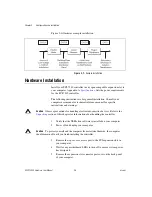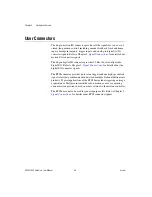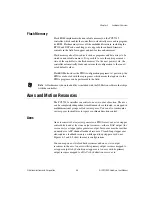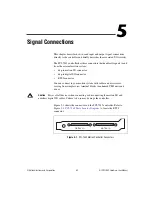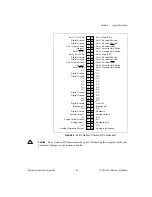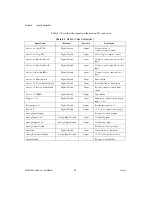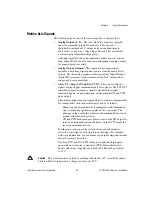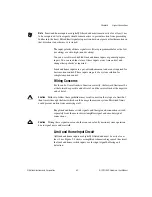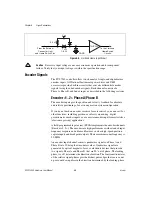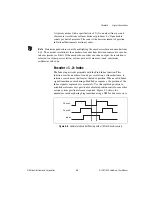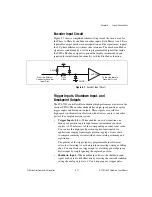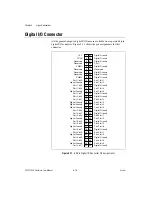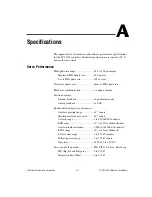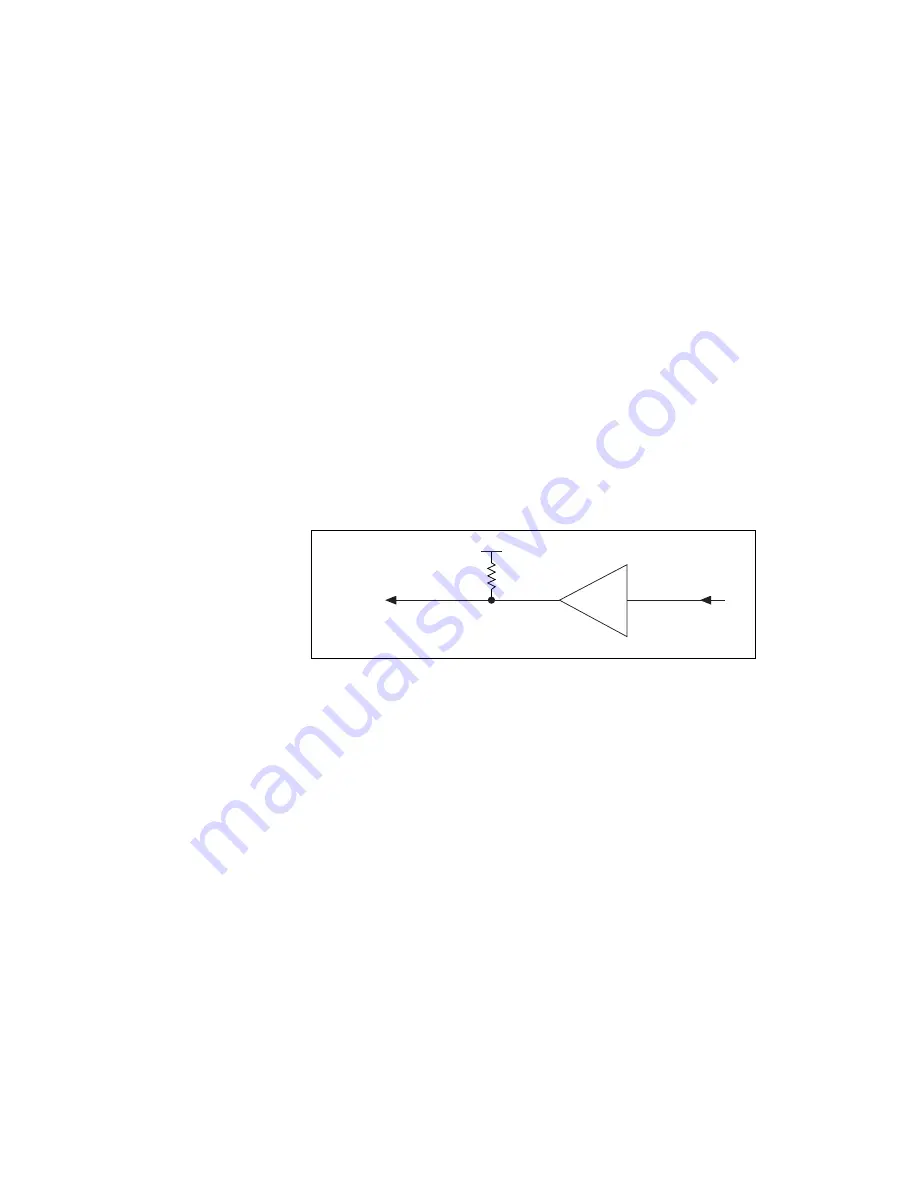
Chapter 5
Signal Connections
NI PCI-7342 Hardware User Manual
5-6
ni.com
•
Axis <1..2> Inhibit
—Use the inhibit output signals to control the
enable/inhibit function of a servo amplifier or stepper driver. When
properly connected and configured, the inhibit function de-energizes
the connected motor its shaft turns freely. These open-collector inhibit
signals feature 64 mA current sink capability with built-in 3.3 k
Ω
pull-up resistors to +5 V, and can directly drive most driver/amplifier
inhibit input circuits.
While the industry standard for inhibits is active-low (inverting), these
outputs have programmable polarity and can be set to active-high
(non-inverting) for increased flexibility and unique drive
compatibility.
Inhibit output signals can automatically activate upon a Kill Motion
command or any motion error that causes a kill motion condition—a
following error trip, for example. You can also directly control the
inhibit output signals to enable or disable a driver or amplifier.
Figure 5-3 shows a simplified schematic diagram of the step, direction,
and inhibit output.
Figure 5-3.
Step, Direction, and Inhibit Output
Limit and Home Inputs
The following signals control limit and home inputs:
•
Axis <1..2> Forward Limit Input
•
Axis <1..2> Home Input
•
Axis <1..2> Reverse Limit Input
These inputs are typically connected to limit switches located at physical
ends of travel and/or at a specific home position. You can use software to
enable or disable limit and home inputs at any time. Enabling an active
transition on a limit or home input causes a full torque halt stop of the
associated motor axis. In addition, an active forward or reverse limit input
impedes future commanded motion in that direction for as long as the
signal is active.
To the External
Connector Step,
Direction, or Inhibit Pins
From the
Step, Direction,
or Inhibit Circuits
74AS760
Vcc
3.3 k
Ω

